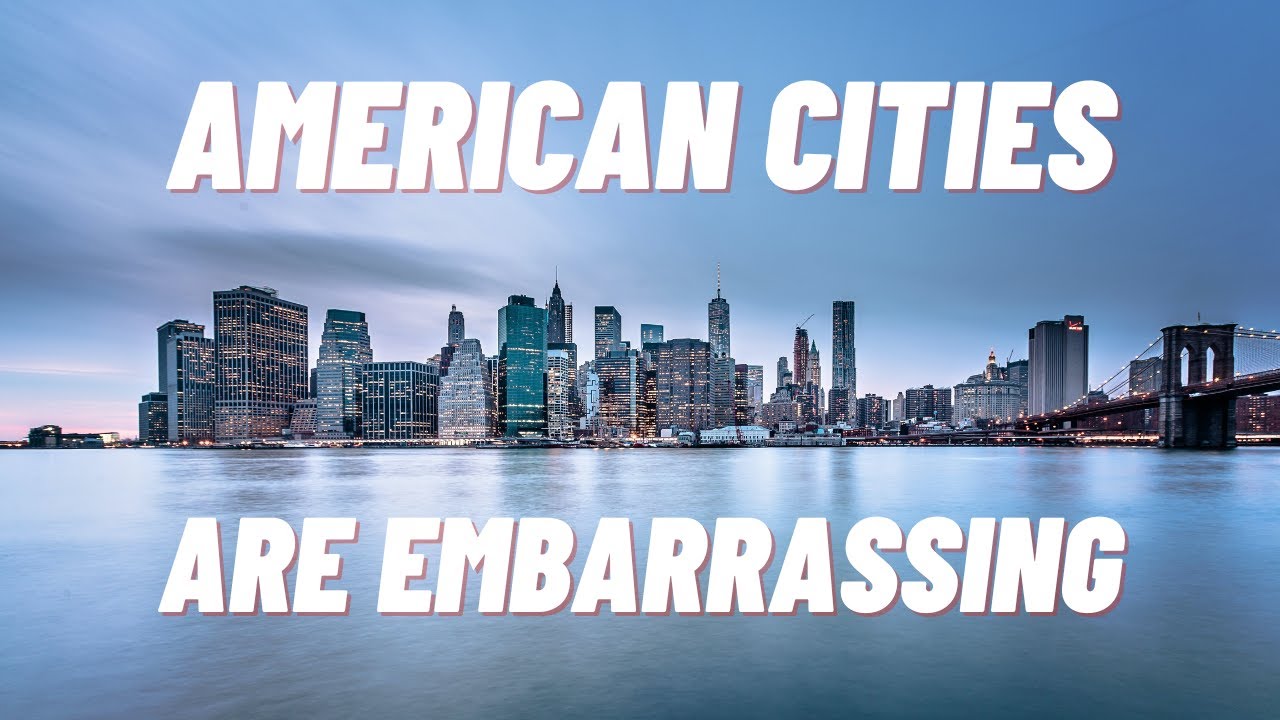This video outlines some of the relationships between US commuting culture and the perspectives that it’s engendered about the role of the city. The, when compared and contrasted to other nations’ approach to city design and perspectives shows that it’s possible to have a city core that’s more than just a workplace.
My city is currently clinging to a small area of interesting downtown core. Everything else has either been bulldozed for parking lots, turned into office buildings with no store fronts, or plowed into wider roads. Every time I show the maps of the city with how car-focused we’ve made downtown to a city council member they recoil at the desolation, but it’s so hard to get change happening.
We need fewer roads, cars, and non-human spaces in our city core areas. Making wider walking paths, biking roads, mass transit (not just busses!), and planting trees to make spaces more attractive will all continue to invite people to come downtown, not just someone desperate enough to drive there, park, hit one store and drive away.



@oo1 @azimir @P1r4nha @Dmian
Urban planning and public transport should absolutely go hand-in-hand.
But on to your other point.
The key factor for transport use isn’t just population or density. It’s also the proportion of the population that uses public transport. And places that have more frequent public transport will have a higher proportion of the population using it than places with low quality public transport.
It’s a point the late Paul Mees made in his book “A very public solution”: https://www.mup.com.au/books/a-very-public-solution-paperback-softback (it’s highly recommended reading if you have the chance.)
Imagine a city with just 100,000 people. But the local bus service is exceptional, and half the population uses it. That’s a base of 50,000 people.
Imagine a city of 500,000 people. The public transport network there is average, so just 10% of the population uses it. That’s 50,000 people.
Now imagine a metropolitan area of 5,000,000 people. The public transport network there is poor and infrequent. Only 1% of the population uses it. That’s 50,000 people.
Three cities, same absolute number of public transport users, different modal share.
If you run frequent services, every 10 minutes or better, and services connect so that it’s a two- or three-seat journey to everywhere in your city, you will have a much higher ridership than if it’s an hourly bus service. That’s with the same population and density.
Frequent bus services (once every 10 minutes or more) can also act as a feeder into a higher rail, light rail, tram, or metro services. In suburban, rural, and seni-rural areas, that extends the reach of your rail network.
Yes, higher density around railway stations is the best option. But where there is a lot of low-density suburban sprawl, frequent feeder buses are a good option.